Disclosure: We may get commissions for purchases made through links in this post.
Polymeric sand consists of top-rated additives and chemical binders, allowing it to create a strong bond to the paver joints. But what if it gets wet? Will it repel water or soften? We’ve done the research to provide you with the best answer!
Polymeric sand is semi-permeable; it allows only a small amount of water to get through. It does soften when it gets wet, but it remains in place and firms up again once it dries out.
Considering polymeric sand for your paver? We'll break down the advantages, disadvantages, and step-by-step instructions on how to apply it. So keep reading!
![A worker spreads polymeric sand to the pavers, Is Polymeric Sand Waterproof? [And Does It Get Soft When Wet]](https://pavingplatform.com/wp-content/uploads/2022/03/Is-Polymeric-Sand-Waterproof-And-Does-It-Get-Soft-When-Wet-800x1200.png)
What Exactly Is Polymeric Sand?
Polymeric sand is specifically designed to fill paver joints to lock them in place. It is made of silica, quartz, and cohesive materials responsible for its superior adhesion.
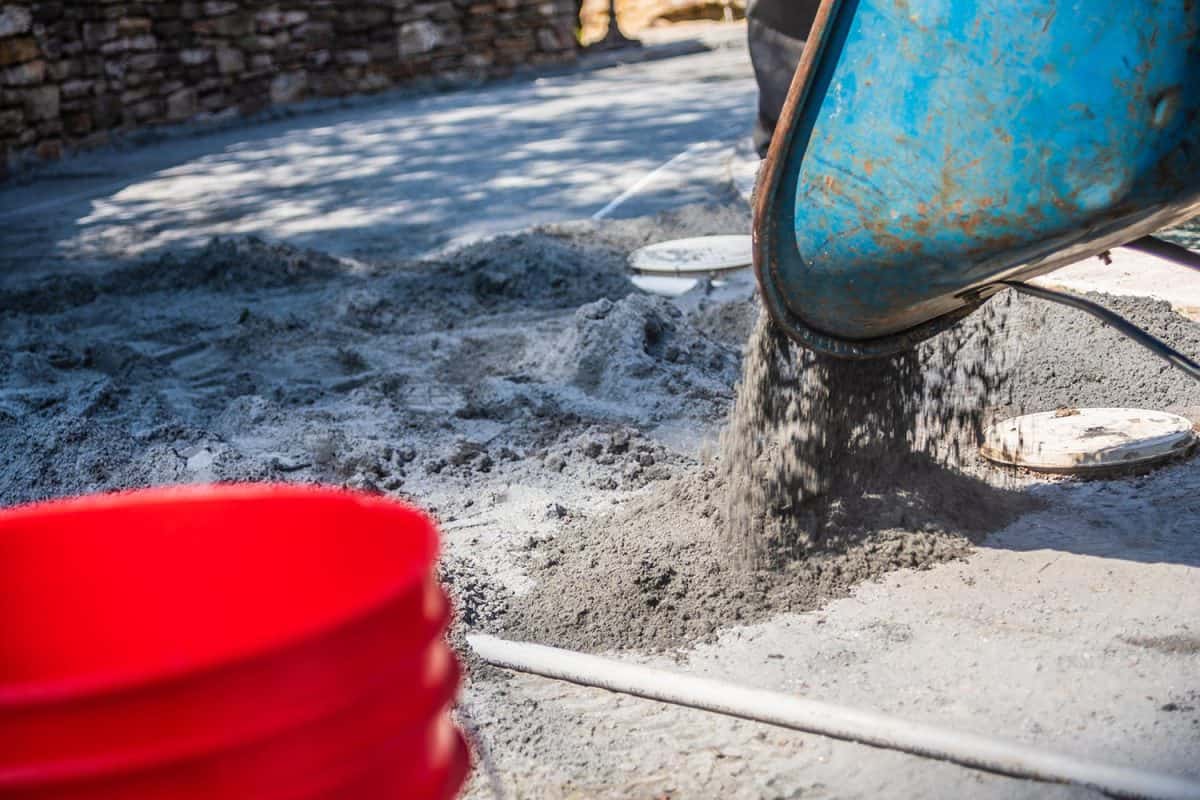
Can Rain Wash Away Polymeric Sand?
As mentioned, polymeric sand has remarkable binding properties, making it resistant to heavy rain. It can’t get washed out easily. However, it is not immune to the constant heavy water runoffs.
Advantages Of Polymeric Sand
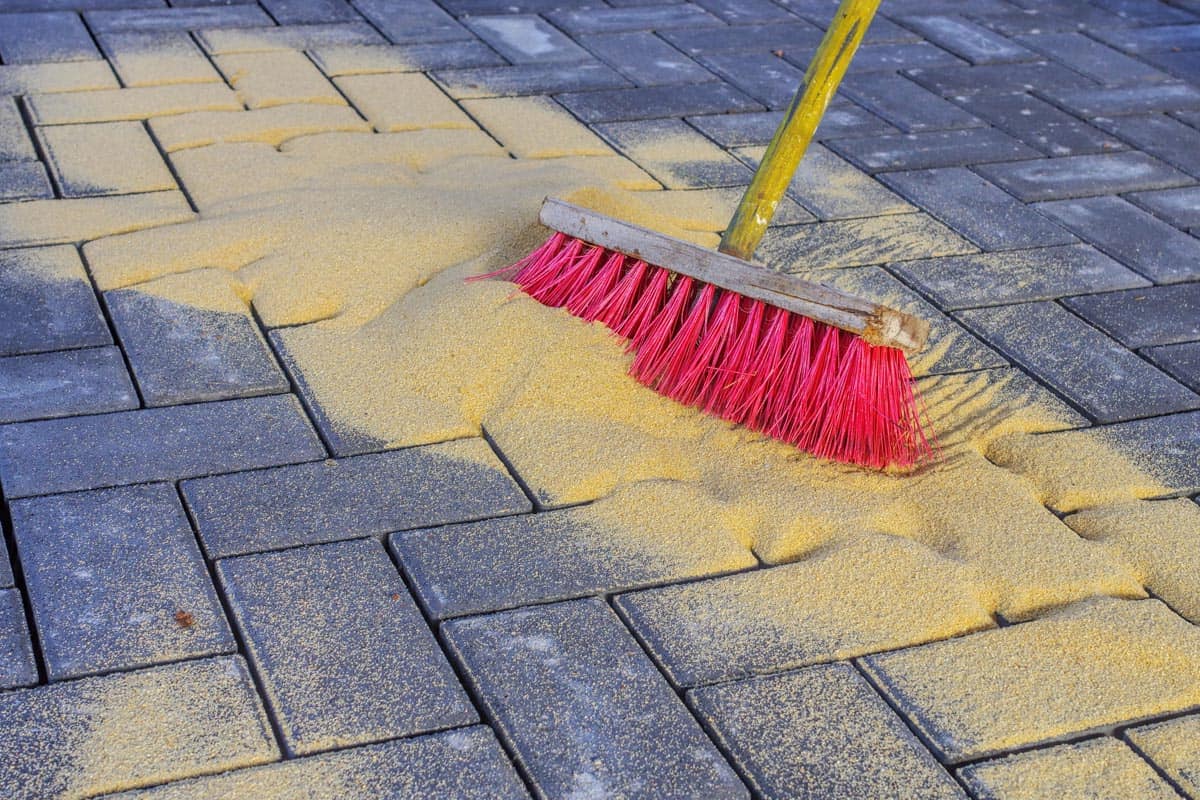
Check out the advantages of polymeric sand below:
Stops The Growth Of Weeds
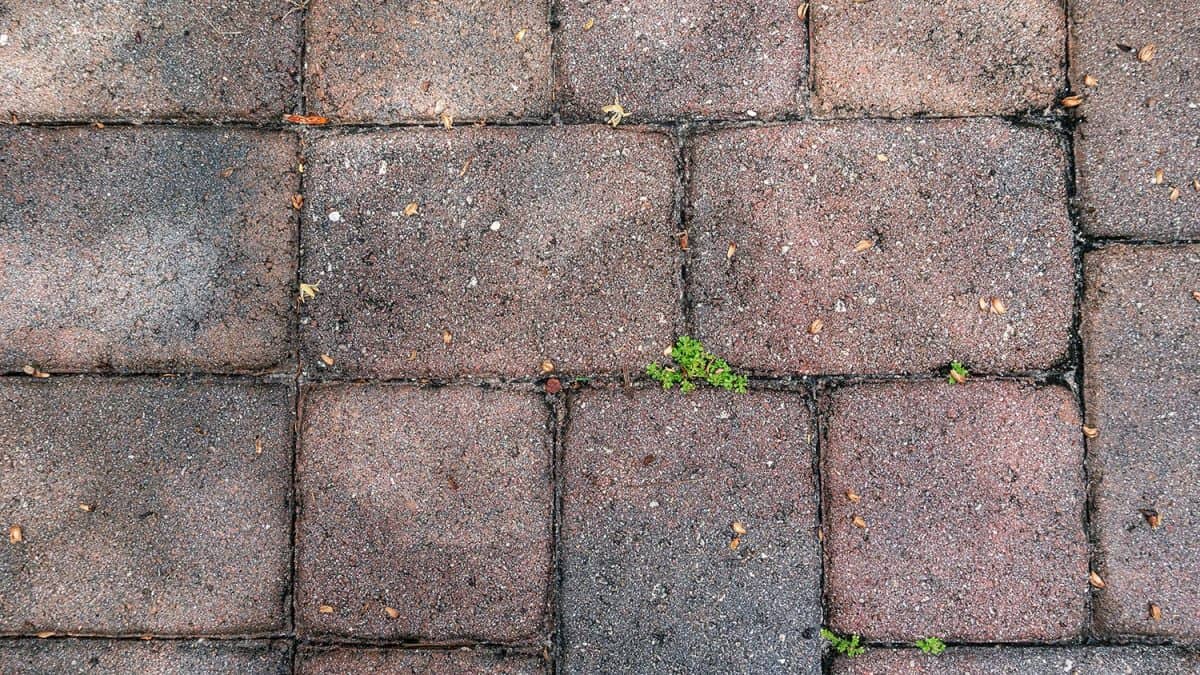
Polymeric sand fills cracks and crevices on the paver, leaving no space for unwanted vegetation to grow. So need to worry about weeds messing your structure.
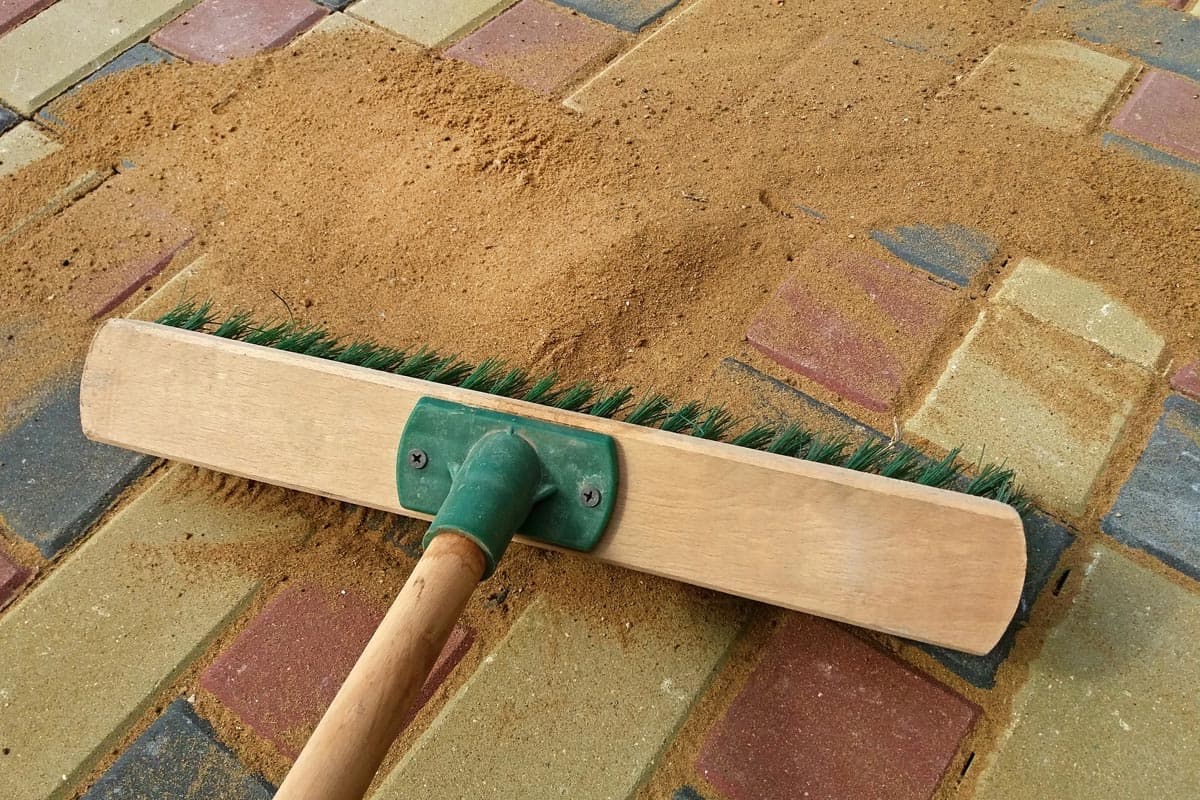
Prevents Erosion
This is one of the primary roles of polymeric sand; it locks the pavers in place, preventing shifting during heavy rain or flood.
Improves Aesthetic
Polymeric sand comes in different colors that can add appeal to your house. Also, it keeps your paver tidy by deterring weeds.
Durable
Polymeric sand lasts up to 10 years. With proper maintenance, you can stretch its life expectancy to 15 years.
Disadvantages of Polymeric Sand
Polymeric sand is unquestionably great, but it does have some drawbacks:
Leaves Polyhaze
Polymeric sand always leaves specks of white dust on the paver. This requires another cleaning session.
Can Ruin Your Hardscape
If it fails to settle properly, it will trickle out of the paver joints and harden on the surface, creating a huge mess. This is difficult to fix. Remember, once polymeric sand hardens, it adheres extremely well to a substrate.
Expensive

Polymeric sand cost anywhere between $20 to $40 per 50 lb bag, depending on the brand. But this can make up for the costly replacement as it lasts for a decade.
Polymeric Sand Application
Here’s everything you need to know about polymeric sand installation:
Curing And Drying Time
It takes 24 hours for the polymeric sand to cure and dry. But you should give your paver at least 48 hours before using it again to ensure that the sand settles properly.
Tools You'll Need
You will be needing the following tools for polymeric sand application:
- Brooms: you must prepare a hard-bristle broom to distribute the sand evenly to the paver joints and a soft-bristle broom to remove the residue on the surface.
- Plate Compactor: to ensure that each joint is packed, you need to vibrant and push the sound further down with a plate compactor.
- Hose: you need to water the sand to activate it.
- Blower: this is to blow away the residue that remains after the final sweep.
Steps For Applying Polymeric Sand
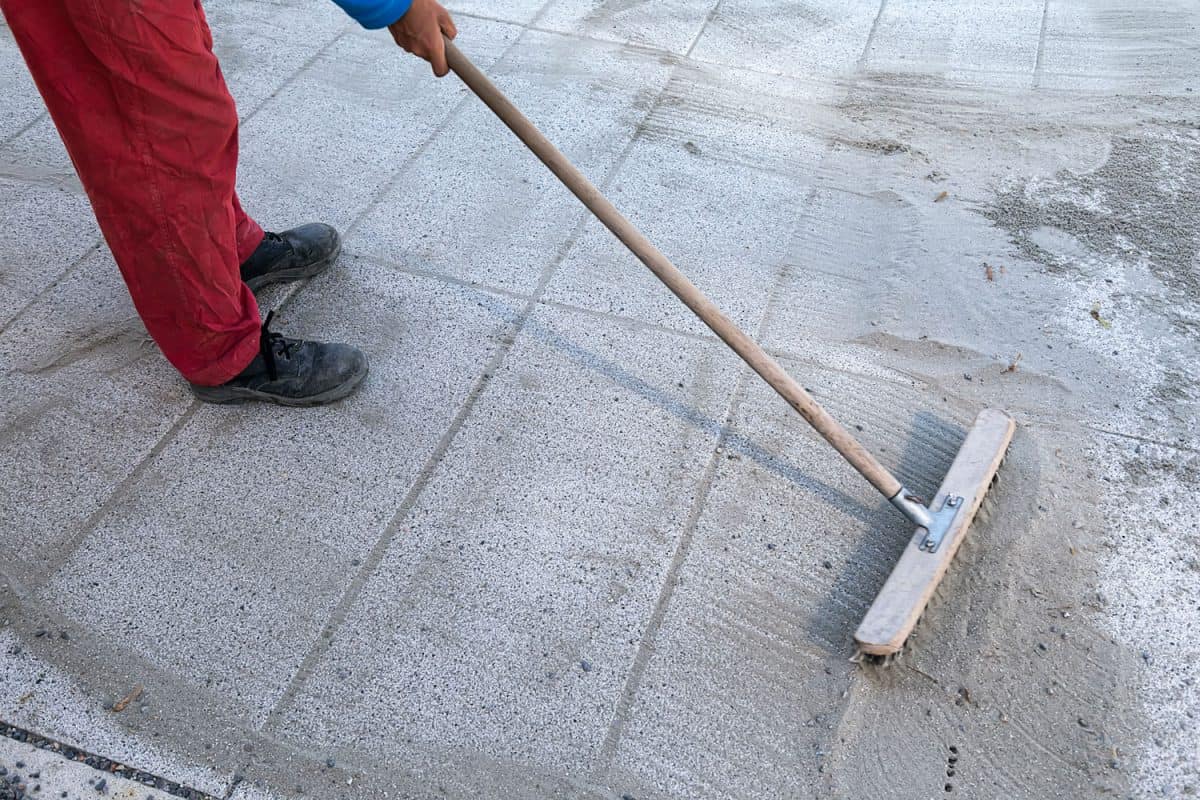
Follow the step-by-step instructions below to apply polymeric sand:
- Check the weather forecast. Ensure that the weather will be fine; polymeric sand can’t get rained on after the application.
- Inspect the paver for moisture. This part is crucial because even a slight presence of moisture prevents the polymeric sand to cure.
- Pour the sand over the surface and distribute them with a hard-bristle broom. Make sure that each crevice is filled evenly.
- Vibrate and push the sand further to the ground using a plate compactor.
- Refill the paver joints with sand, then compact the sand again.
- Remove the residue using a soft-bristle broom, then blow away the remaining dust with the blower.
- Water the sand with the hose to start activating it. After 3 to 4 minutes shower the sand again. Once you see puddles or foam buildup, turn off the hose.
- Allow the sand to cure and dry.
- After 48 hours, inspect if the sand hardens and has settled, then give it a final sweep.
Tips For Applying Polymeric Sand
- Don’t overwater or underwater the polymeric sand.
- Remove the excess sand thoroughly.
- Don’t skip the compaction process.
- Don’t overfill the paver joints.
- Water and clean the paver simultaneously during the activation process.
- Don’t apply polymeric sand on too narrow or wide joints, otherwise; it won’t bond.
What If Polymeric Sand Didn't Harden Up?
Moisture on the paver is the common culprit behind this. That’s why it is crucial to double-check that the surface is absolutely dry. The other reasons include uneven patio slope and lack of compaction.
You might have to wait longer until it fully dries. Don’t hesitate to ask the assistance of professionals so as not to escalate the issue.
How To Prevent Polymeric Sand From Getting Washed off
You can make it more resistant to heavy rain by sealing the paver. A sealant protects the sand and aggregate from moisture, foot traffic, and other major causes of damage.
The general rule is to wait at least three months after the polymeric sand application before you seal the paver. That’s enough time for the efflorescence to evaporate from the pavers.
Click here to see this product on Amazon.
Can Polymeric Sand Be Topped?
You cannot simply top polymeric sand to resand your paver joints. The existing sand must be removed first. This is be done by power washing the paver with hot water. Then wait a day or two before applying new sand.
What Are The Best Alternatives To Polymeric Sand?
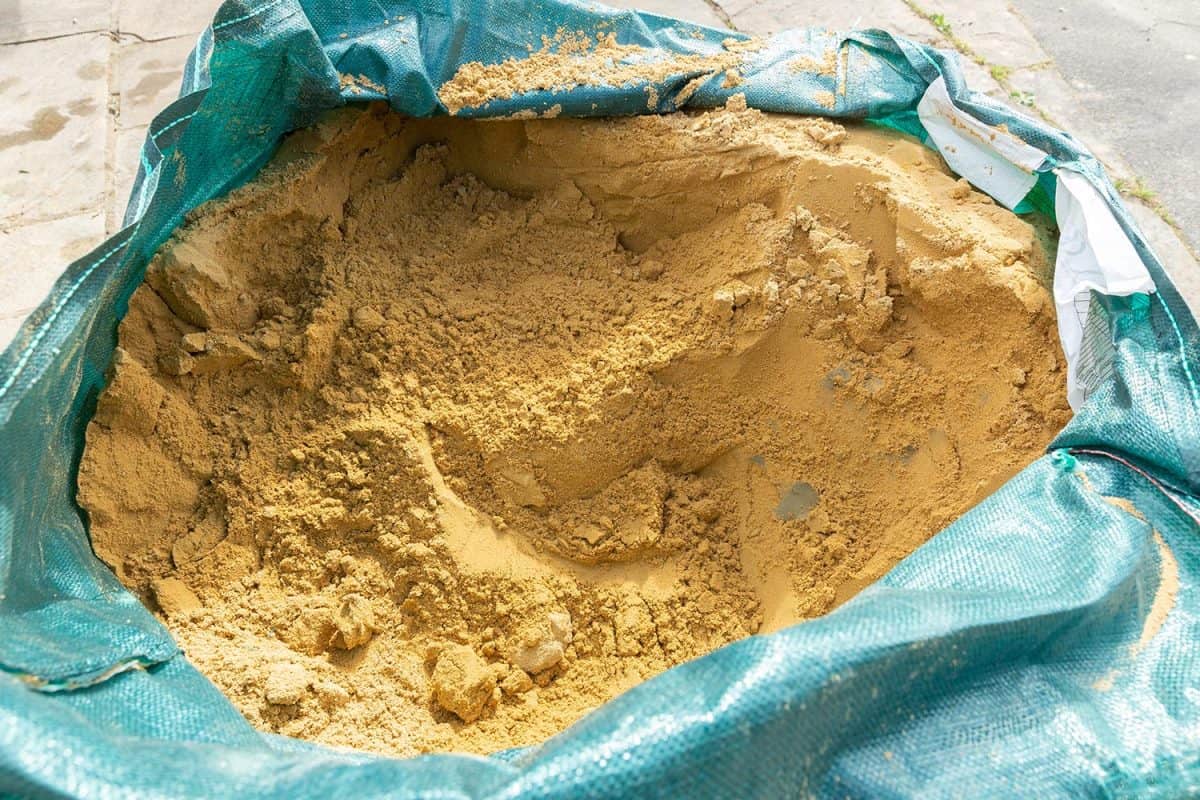
- Builder’s sand: this is commonly used in constructions projects. It is accessible and cheap. However, it needs annual maintenance. Also, it is prone to corrosion.
- Cement is more stable and reliable. It stays intact despite heavy rain and heavy foot traffic. Finally, it is cheaper than polymeric sand. The downside is you can’t just top it once it wears off. You have to remove the existing cement and start fresh.
- Stone Dust is the by-product of crushed rocks that failed to make it to the finished product. This rough sand makes a great alternative to polymeric sand; it keeps paver in place, deters weeds, and lasts for many years! Also, it needs little to no maintenance. Not to mention that it’s very inexpensive.
- Regular sand: this is also great for filling paver joints. The drawbacks are it doesn’t harden as much as the polymeric sand does, making it prone to scattering during a storm. It also needs a touch up every two or three years.
Conclusion
Polymeric sand is a superior material that can withstand heavy rain. It does soften when it gets wet, but it will stay in place and firms up once it dries up. You can make it more deterrent to corrosion by sealing it. But remember that even the strongest polymeric sand can get washed off by constant heavy water flow.
If you liked this post, you might also like:



![Vibrant Red Paver Stone Path, Can You Spray Paver Sealer? [How To Apply It]](https://pavingplatform.com/wp-content/uploads/2022/04/Vibrant-Red-Paver-Stone-Path-600x400.jpg)
![Properly laid out red pavers for a garden, Can You Tint Paver Sealer? [And How To]](https://pavingplatform.com/wp-content/uploads/2022/04/Properly-laid-out-red-pavers-for-a-garden-600x400.jpg)
